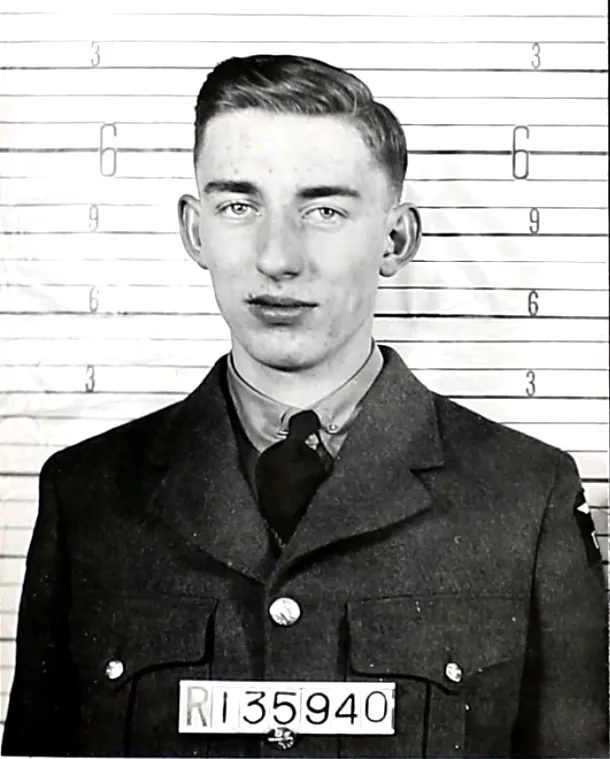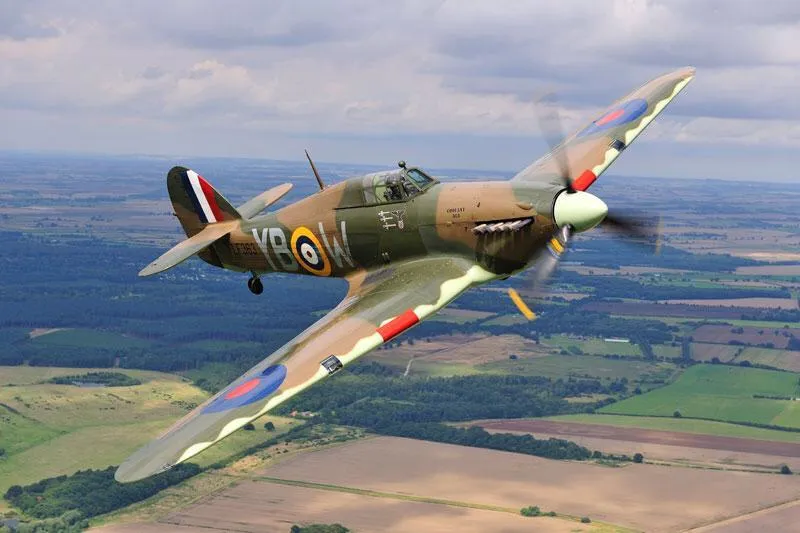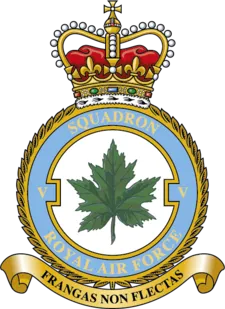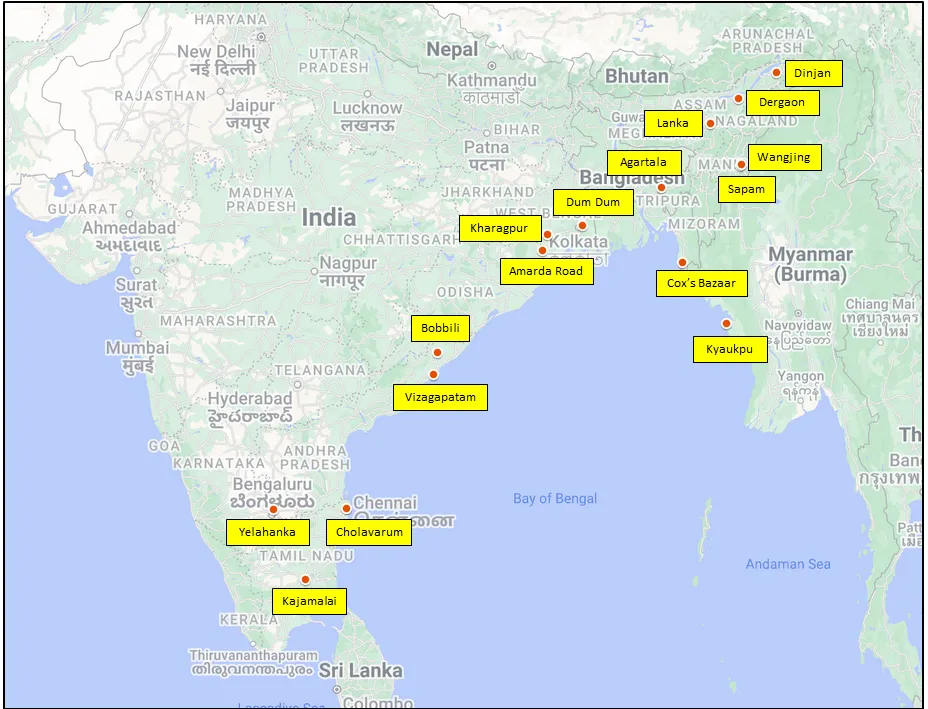Kingsbury, George Frazer (Pilot Officer)
Killed in Action 1944-June-26


Birth Date: 1923
Born:
Parents: Son of G. Clifford Kingsbury and Mary F. Kingsbury, of South Hull, Quebec.
Spouse:
Home: Hull, Quebec
Enlistment:
Enlistment Date: unkown date
Service
RCAF
Unit
5 (F) Sqn- Squadron (RAF)
Frangas Non Flectas Thou mayest break but shall not bend me
Base
Rank
Pilot Officer
Position
Pilot
Service Numbers
J/89805
Prev: R/1135940
Home
Hurricane serial: LD860

Source BBMF
The Hawker Hurricane is a single-seat fighter aircraft of the 1930s"“1940s that was designed and predominantly built by Hawker Aircraft Ltd. for service with the Royal Air Force (RAF). The Hurricane developed through several versions, as bomber-interceptors, fighter-bombers, and ground support aircraft in addition to fighters. Versions designed for the Navy were popularly known as the Sea Hurricane, with modifications enabling their operation from ships. Some were converted to be used as catapult-launched convoy escorts. By the end of production in July 1944, 14,487 Hurricanes had been completed in Britain and Canada.
A major manufacturer of the Hurricane was Canadian Car and Foundry at their factory in Fort William (now Thunder Bay), Ontario. The facility's chief engineer, Elsie MacGill, became known as the "Queen of the Hurricanes". The initiative was commercially led rather than governmentally, but was endorsed by the British government; Hawker, having recognized that a major conflict was all but inevitable after the Munich Crisis of 1938, drew up preliminary plans to expand Hurricane production via a new factory in Canada. Under this plan, samples, pattern aircraft, and a complete set of design documents stored on microfilm, were shipped to Canada; the RCAF ordered 20 Hurricanes to equip one fighter squadron and two more were supplied to Canadian Car and Foundry as pattern aircraft but one probably did not arrive. The first Hurricane built at Canadian Car and Foundry was officially produced in February 1940. As a result, Canadian-built Hurricanes were shipped to Britain to participate in events such as the Battle of Britain. Canadian Car and Foundry (CCF) was responsible for the production of 1,451 Hurricanes. Wikipedia and Harold A Skaarup Web Page
Unit Desciption
5 (F) Sqn Frangas Non Flectas ( x)
History of the Squadron during WWII (Aircraft: Audax, Mohawk IV, Hurricane IIc, IId, Thunderbolt I & II)

The Maple leaf in the badge reflects the squadron's close association with the Canadian Corps during WWI.
At the outbreak of war in September 1939, No. 5 Squadron were based in the North-West Frontier of India at Fort Sandeman (now Zhob, Pakistan), equipped with the Westland Wapiti biplane. The squadron became a light bomber unit when it converted to the Hawker Hart in June 1940. It became a fighter unit, equipped with obsolete Hawker Audaxes, in February 1941. In December 1941, the squadron relocated to RAF Dum Dum, Calcutta, and began to receive their first monoplane – the American-built Curtiss Mohawk Mk.IV. After the outbreak of hostilities with Japan, the squadron moved to RAF Dinjan, Assam, in May 1942, and was tasked with escorting Bristol Blenheim bombers over north west Burma (now Myanmar). Its first operational fighter sortie was flown in July 1942. In January 1943, the squadron began flying RHUBARB operations, on targets on the Imphal and Chindwin rivers, and these became an important part of the squadron’s activities. In June 1943 while the squadron was based at RAF Kharagpur, the Mohawks were replaced by Hawker Hurricane Mk.IId’s for ground attack missions, although they did not use them on vehicles until the following January. Later the squadron converted to Hurricane IIc’s and returned to more normal bomber escort and interdiction duties. In June of 1944, the squadron re-equipped with North American Thunderbolts, returning to operations in December. Duties were a mixture of escorts to Dakotas dropping supplies, RHUBARBS and dive bombing with wing-mounted 500 lb (227 kg) bombs. The last operations were bombing in support of the invasion of Rangoon. At the end of the hostilities, the squadron returned to India where it converted to Tempests and was disbanded in August 1947.
Maps for Movements of No. 5 Squadron 1941-45

MAP 1 Bases used by 5 Sqn RAF 1941-45 (right-click on image to display enlarged in new tab)
|